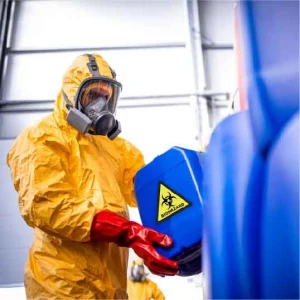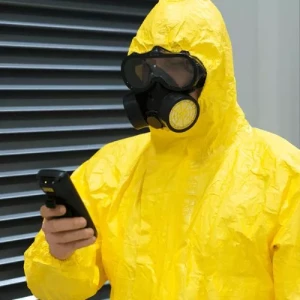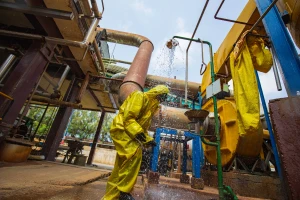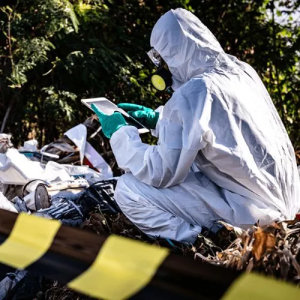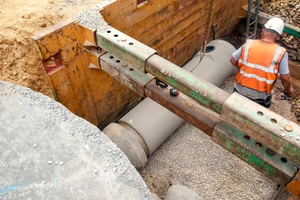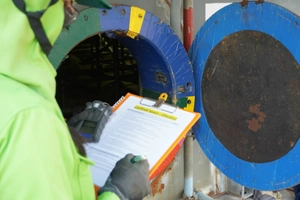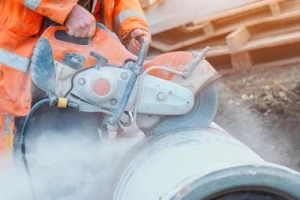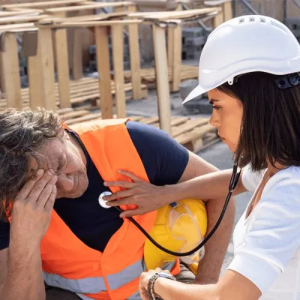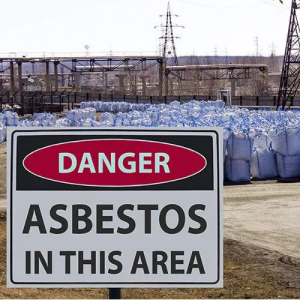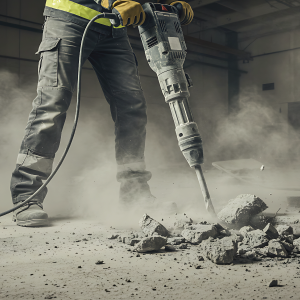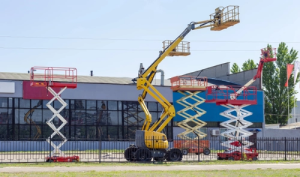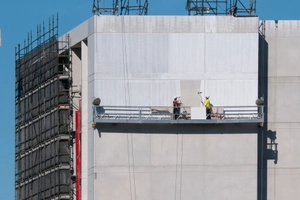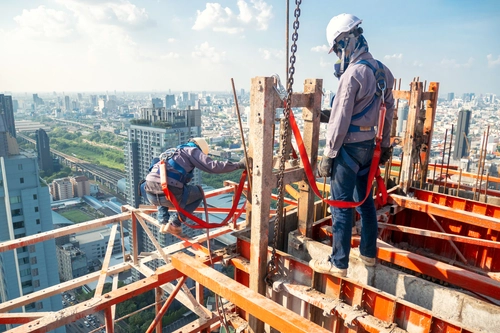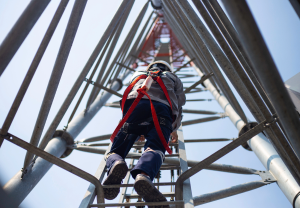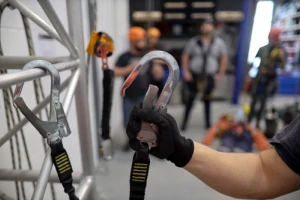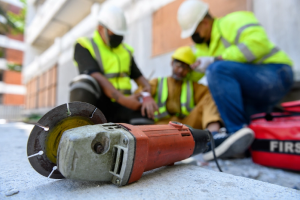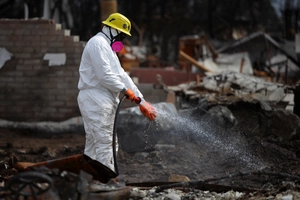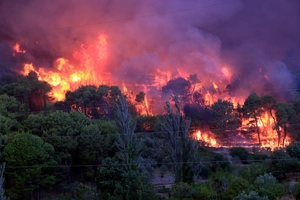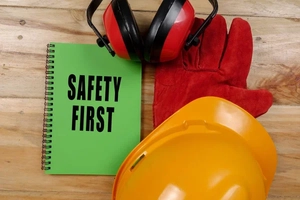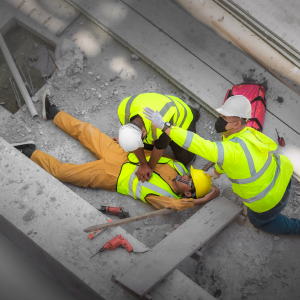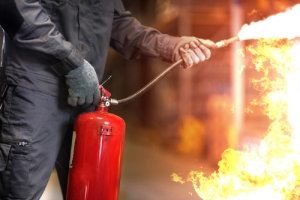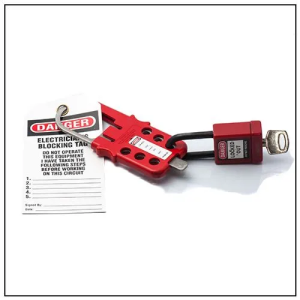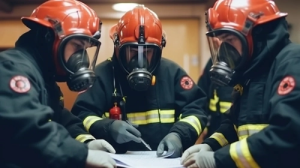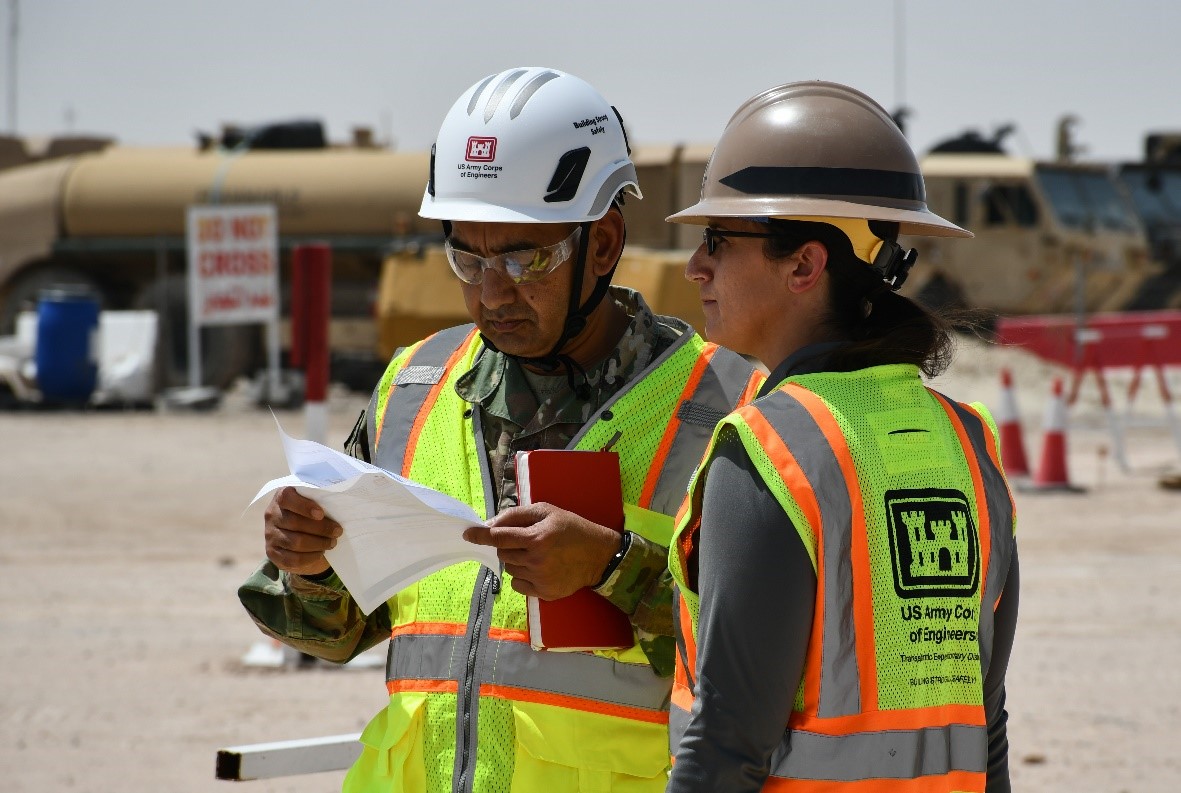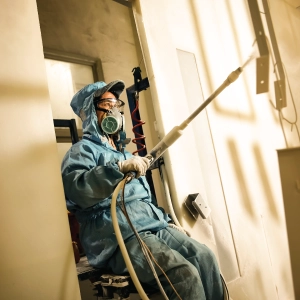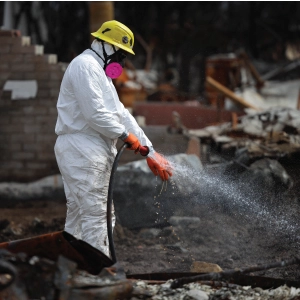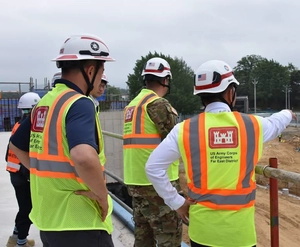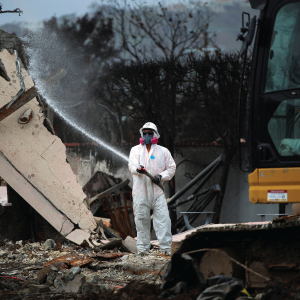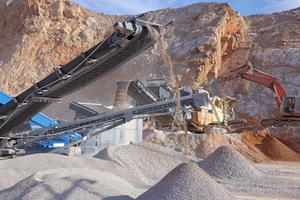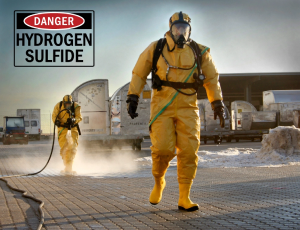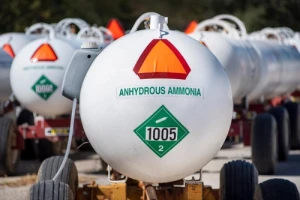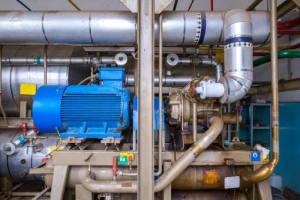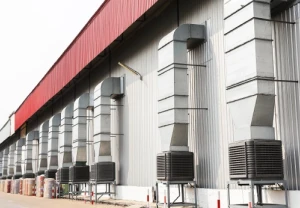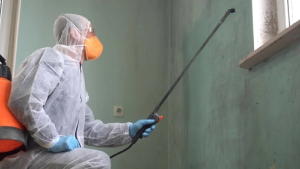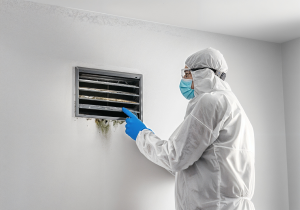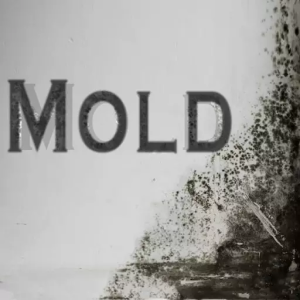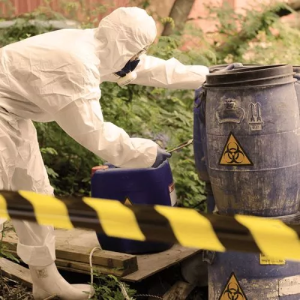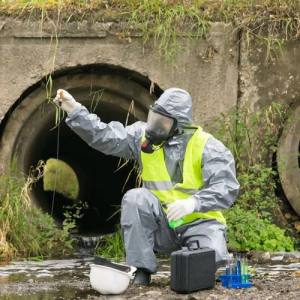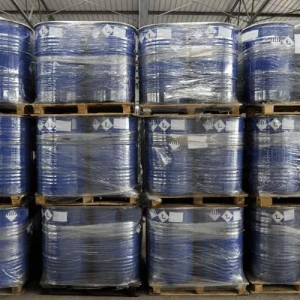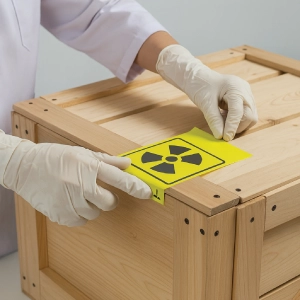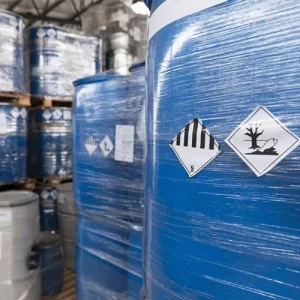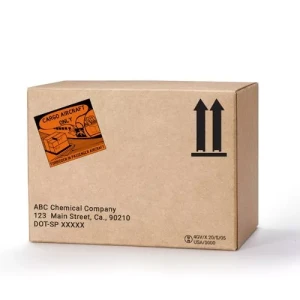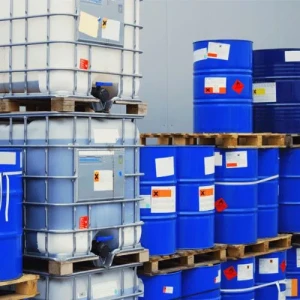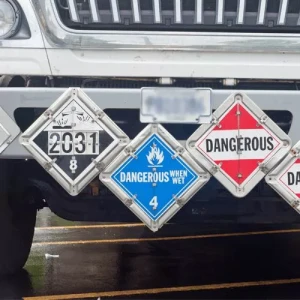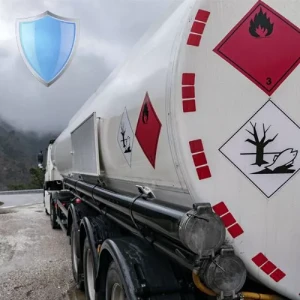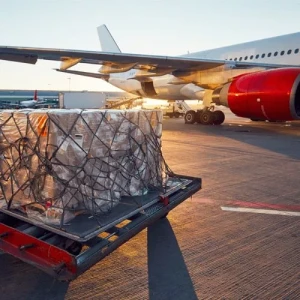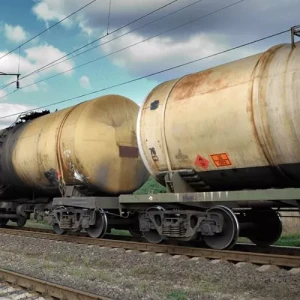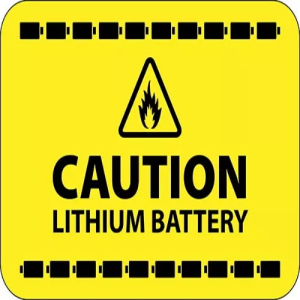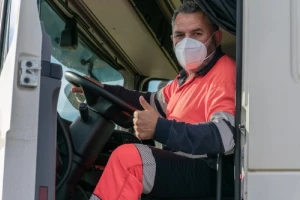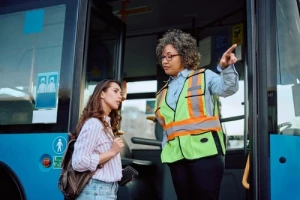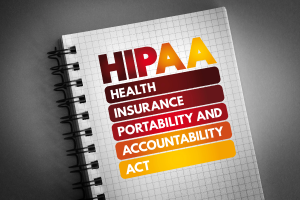OSHA Permit-Required Confined Space Entry Training
- In accordance with Federal OSHA Regulations 29 CFR 1926 Subpart AA and 29 CFR 1910.146
- Available in:
 English |
English |  Español
Español - For both construction and general industry workers
- Teaches the steps for safely entering a permit-required confined space
- Learn at your own pace with flexible, mobile-friendly modules
- Earn your official course completion certificate
- Available in SCORM-compliant digital formats, on-demand e-learning modules, virtual instructor-led classes, or in-person training sessions
0.3
Bulk Buying
| Employee | Per Seat |
|---|---|
| 2-10 | $59.39 |
| 11-20 | $58.19 |
| 21-50 | $56.99 |
| 51-100 | $56.39 |
| 101-250 | $55.79 |
Course Facts
Training Duration
Learning Type
Course Access Validity
Device Support
Certificate Validity
Confined spaces can be extremely hazardous. This Permit-Required Confined Space Training for construction and general industry workers ensures that they understand OSHA requirements for entering permit spaces to make informed decisions. Confined spaces can create serious hazards if they are not assessed and controlled correctly. Confined spaces usually consist of limited means of entry and exit and can have atmospheric or physical hazards that can become deadly very rapidly. Between 2011 and 2018, more than 1,000 workers were killed in confined space incidents according to the Census of Fatal Occupational Injuries (CFOI), Bureau of Labor Statistics. Most of these events could have been avoided if appropriate training had been given to workers where they gained a better understanding of confined space hazard awareness and emergency preparedness.
To avoid such incidents, OSHA regulations 29 CFR 1910.146 for the General Industry and 29 CFR 1926 Subpart AA for the Construction Industry mandate employers to establish a comprehensive permit-required confined space program. This involves assessing confined spaces, recognizing and controlling hazards, issuing permits, and making provisions for rescue operations within confined spaces.
This Permit-Required Confined Space Entry Training is designed to educate both workers and supervisors in construction and general industry about their responsibilities, the requirements of the law, and the practical steps for identifying, evaluating, and controlling hazards when entering a permit-required confined space.
Participants will become familiar with identifying permit spaces, conducting atmospheric testing, correctly filling out permits, utilizing necessary equipment, and creating rescue plans. Through this training, workers will be able to safely and effectively handle permit space entries according to OSHA guidelines, keeping themselves and fellow workers safe.
Who Can Benefit from this Confined Space Entry Training?
This training is suitable for anyone involved in permit-required confined space entry. It is helpful for entry supervisors, attendants, safety coordinators, and rescue team members to support.
Course Syllabus
This OSHA Confined Space Certification online course consists of 9 lessons. Students are required to take each lesson in sequential order as listed below.
Introduction
Lesson 1: Understanding Confined and Permit-Required Confined Spaces
This lesson defines confined space according to OSHA standards and describes how to identify permit-required spaces versus non-permit spaces. It discusses the criteria that make a confined space permit-required and discusses examples of confined spaces.
Lesson 2: Confined Space Hazards
This lesson covers the common confined space hazards, such as atmospheric hazards, risk of engulfment, and mechanical or physical hazards. Knowledge of these hazards is important for assessing conditions for safe entry and preparing safe work procedures.
Lesson 3: Regulatory Overview
This lesson addresses OSHA's Confined Spaces Standards for General Industry and Construction Industry, their differences and similarities, and under what circumstances and how these standards are applied to both industries.
Lesson 4: Confined Spaces Program
This lesson will cover the key components of a Permit-Required Confined Space Program, as well as the entry permits that authorize and govern access to a permit space. It will outline the required information on an entry permit and explain the circumstances for cancellation or suspension. The lesson will conclude with the training requirements for workers involved in permit space operations.
Lesson 5: Permit-Required Entry Procedures
This lesson explores how to assess permit spaces, provide entry and hot work permits, and allocate roles responsibly. It also provides coordination requirements when there are several employers involved to ensure that every entry is accomplished safely and according to OSHA requirements.
Lesson 6: Alternate Entry Procedures
This lesson discusses how a permit-required confined space may be reclassified as a non-permit space or handled by alternative procedures. These procedures make work less risky and more effective without compromising worker protection.
Lesson 7: Hazard Control and Safety Precautions
This lesson will discuss the Hierarchy of Controls and its applicability within confined spaces, explain the significance of air quality testing in terms of protecting workers from atmospheric hazards in confined spaces, guide on the understanding of the process of purging and ventilation of confined spaces, and list the different methods for isolating sources of energy in a permit-required confined space before work activities begin.
Lesson 8: Personal Protective and Safety Equipment
This lesson explains the safety equipment that must be used by workers to remain safe. These include respirators, confined space PPE, head and hearing protection, hand and foot protection, fall arrest systems, lighting equipment, and communications devices to provide safe entry.
Lesson 9: Rescue and Emergency Procedures
This lesson covers common medical emergencies in confined spaces, OSHA confined space rescue requirements, retrieval system requirements for non-entry rescues, and on-site and off-site rescue teams.
Final Examination
Frequently Asked Questions
The Confined Space Training aligned with OSHA regulations has significance because it:
- Teaches supervisors, entrants, and attendants about dangers in permit-required confined spaces, how to enter, and what to do in emergencies to stop injuries and deaths.
- Complies with 29 CFR 1926 Subpart AA and 29 CFR 1910.146, making sure job sites follow required safety and health rules for permit spaces.
- Gives information to identify hazards, perform atmospheric testing, put safety measures in place, and ensure safety in permit spaces.
- Our training is completely compliant with current OSHA regulations for permit-required confined spaces, assisting in confirming your workplace complies with all applicable safety regulations.
- Learn from experienced professionals with in-depth knowledge of confined spaces, their hazards, and prevention.
- Upon successful completion of the course and final exam, you will be issued a certificate that attests to your knowledge and proficiency in OSHA Confined Space Training.
- We provide online, in-person, and virtual training options so employers can select the one that best accommodates their team's schedule and learning style.
OSHA's confined space regulations do not specify a set frequency for training renewal, unlike some other OSHA regulations. However, training must be provided to affected employees:
- Prior to the employee beginning relevant duties in a confined space;
- When there is a change in duties;
- When a change in operations introduces a hazard not previously addressed in their confined space entry training; and
- If the employer has reason to believe that employees are not following entry procedures properly or that their understanding/use of the procedures is insufficient.
OSHA requires two annual actions related to confined spaces:
- Employers must review the permit program annually, and
- Rescue personnel must conduct practice rescues at least once a year.
Industry best practices suggest refreshing a Confined Space Certification Online everytwo to three years.
The following individuals would benefit:
- Entry supervisors who are responsible for authorizing entry and verifying permit conditions,
- Competent persons,
- Safety officers and compliance managers,
- Confined space entrants and attendants, andWorkers assigned to confined space entry or rescue teams.
Certificate of Completion: Upon successful completion of the final exam, participants will be able to immediately download, save, or print their Confined Space Training Certificate in PDF format.
Validity: The Permit-Required Confined Space Entry Training course certificate is valid for three years.
Renewal: Participants must renew or retake the course every two years to maintain compliance and stay up-to-date with current best practices.
COURSE OBJECTIVES
This OSHA Permit-Required Confined Space Online Training meets the requirements of OSHA’s Confined Space standards for Construction Industry (29 CFR 1926 Subpart AA) and General Industry (29 CFR 1910.146).
Course Objectives - OSHA Permit-Required Confined Space Course
After completing the course, the learner will be able to:
- Define a confined space and distinguish between permit-required and non-permit spaces;
- Identify the properties that determine a confined space as permit-required;
- Describe atmospheric, engulfment, mechanical, and other physical hazards found in confined spaces;
- Outline the regulatory requirements for permit-required confined spaces under construction and general industry standards;
- Summarize the elements of a permit-required confined space program;
- List the essential components of an entry permit and outline procedures for permit authorization and permit cancellation;
- Describe alternate entry procedures and provide situations under which permit exceptions apply;
- Outline methods of hazard control, such as lockout/tagout, ventilation, and isolation;
- Determine the appropriate personal protective equipment and safety gear to be used for work in permit spaces; and
- Understand the rescue and emergency methods for permit spaces.
Choose Your Ideal Training Format:



Virtual Instructor-Led
$199.00/Seat (minimum 10 seats)

Client-Site In-Person
$750.00/Seat (minimum 10 seats)
his confined space training gave me the confidence to identify confined spaces, understand the difference between permit-required and non-permit confined spaces, evaluate hazards, and oversee safe entries. It explained complex OSHA requirements in a very clear way.
I used to be afraid of entering tanks and vaults, but this training taught me just what to watch for and how to be safe. The section on permits and air checks was really helpful. I feel a lot safer now when entering a confined space.
This course provided me with the confidence and information needed to safely handle confined space entries. The step-by-step approach to permits, hazard assessments, and rescue readiness was practical and simple to implement on our job sites. Excellent for training for confined space safety specialists.
This course assisted me in knowing what I'm meant to do as an attendant. It taught me how to look out for hazards and how to help if something happens. It made sense.
The ROI of Online Safety Training
Discover the value of our efficient alternative to live training, and calculate your return on investment.


Recommended Courses
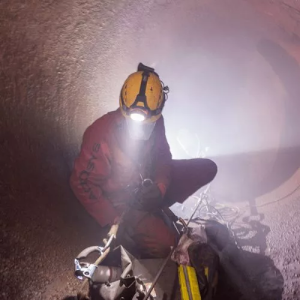
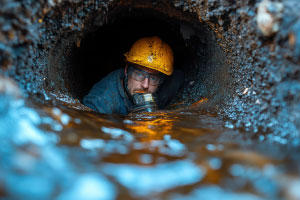

For Corporate Orders and Inquiries please reach out to our sales team at (310) 498-0546
By signing up you agree to receive marketing emails.
Be assured we will never spam you!

 EN |
EN |  ES
ES